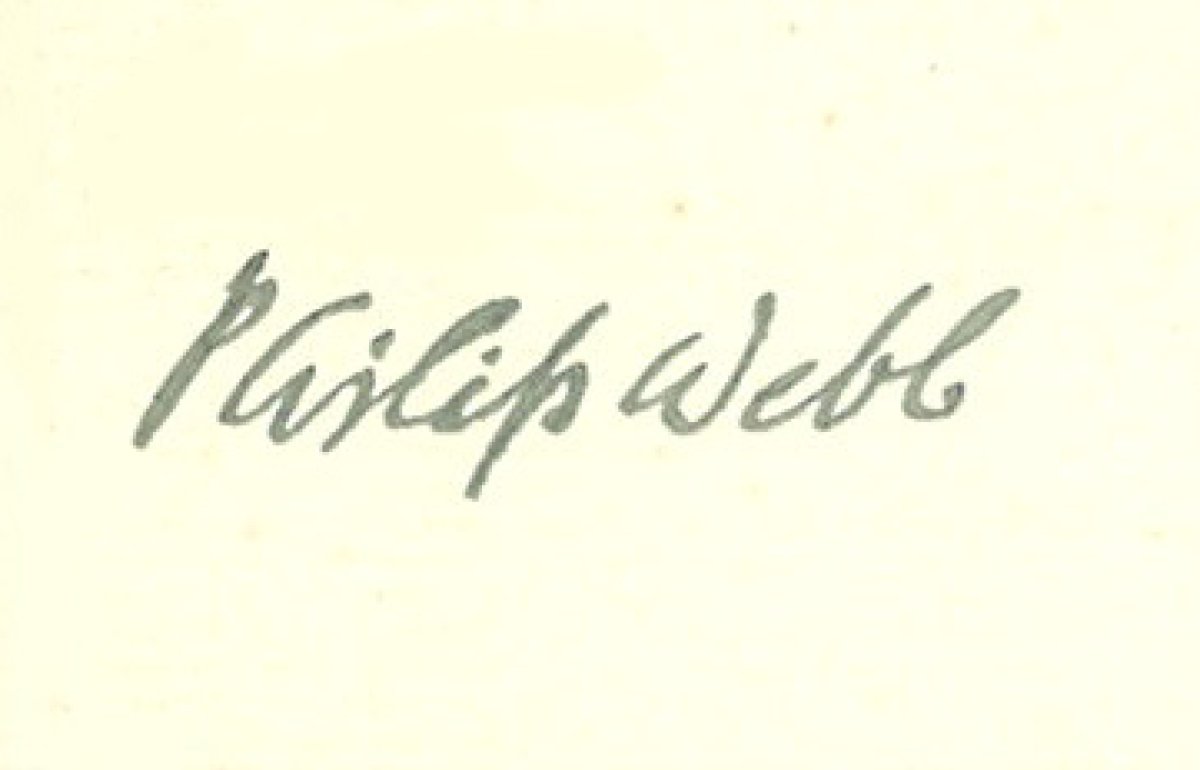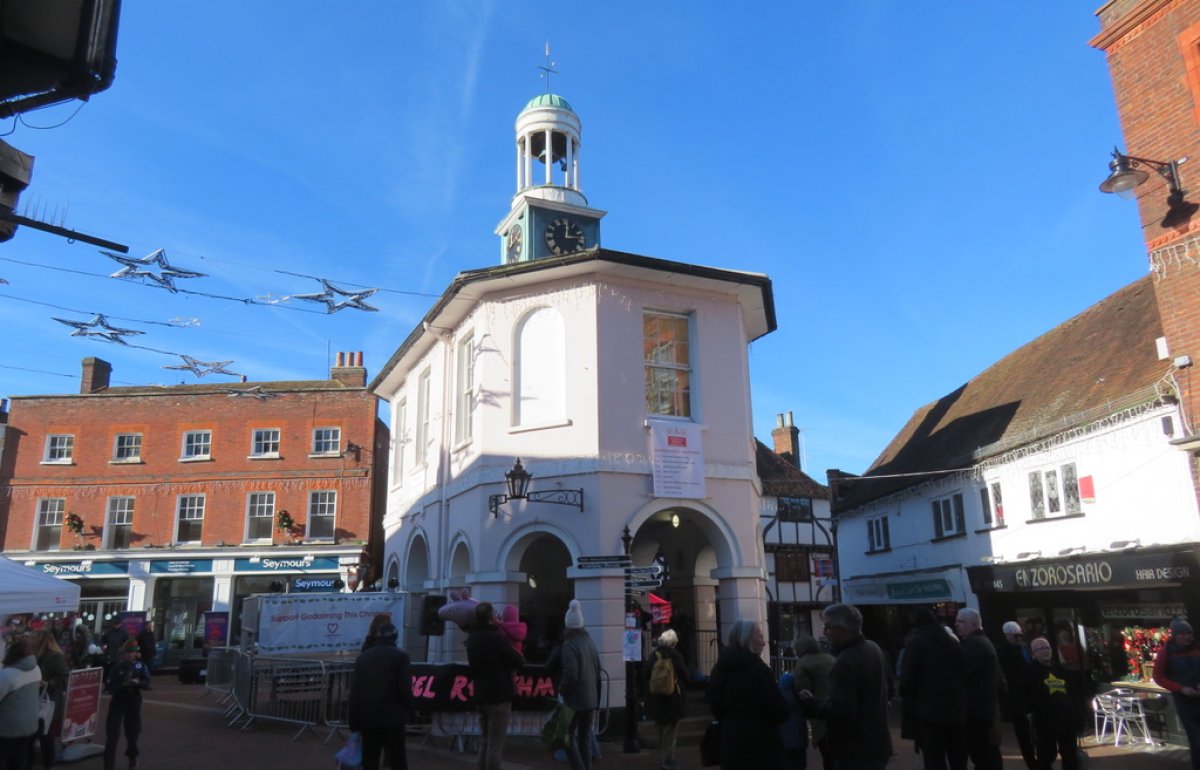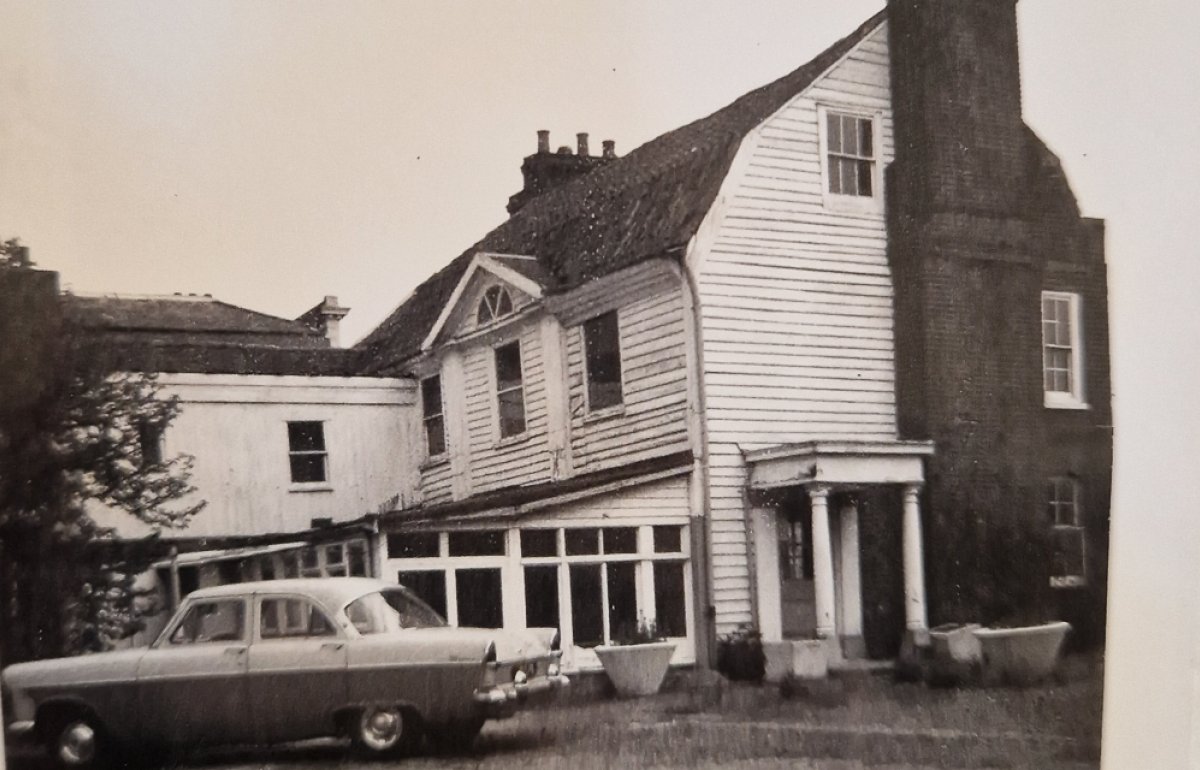
The international history of 37 Spital Square
Share on:
For World Heritage Day we’re exploring the international history of our HQ in Spitalfields, London – a Georgian building in an area with a rich and complex past.
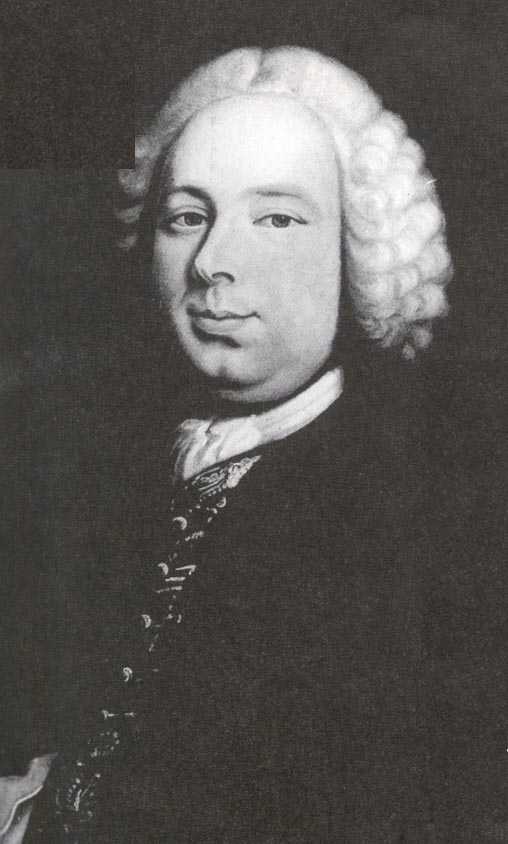 Spitalfields has been inhabited since the Roman period. Built on the edge of City, it was a marginal place, where people who chose to, or have no alternative
Spitalfields has been inhabited since the Roman period. Built on the edge of City, it was a marginal place, where people who chose to, or have no alternative
to living outside the city walls. For successive groups of immigrants it provided a home soon after they arrived, before they prospered and moved on.
The name ‘Spitalfields’ refers to the land owned by the hospital of St Mary Without, a medieval Augustinian priory, which was closed in 1539 during the Dissolution. From the late 17th-century onwards the land was gradually developed and house a growing population of Huguenot refugees (French protestants). Though there had been weavers working in the area, when the Huguenots brought their skills to London the silk industry thrived.
We think that our building no. 37 Spital Square was built in 1740 by a Huguenot called Peter Ogier (pictured on the right). Ogier was a prosperous silk merchant, and our building was where his family lived and from which he also ran his business.
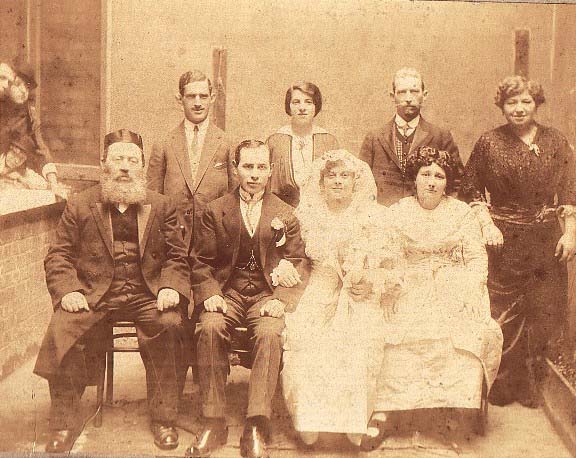
Sign up for our email newsletter
Get involved

